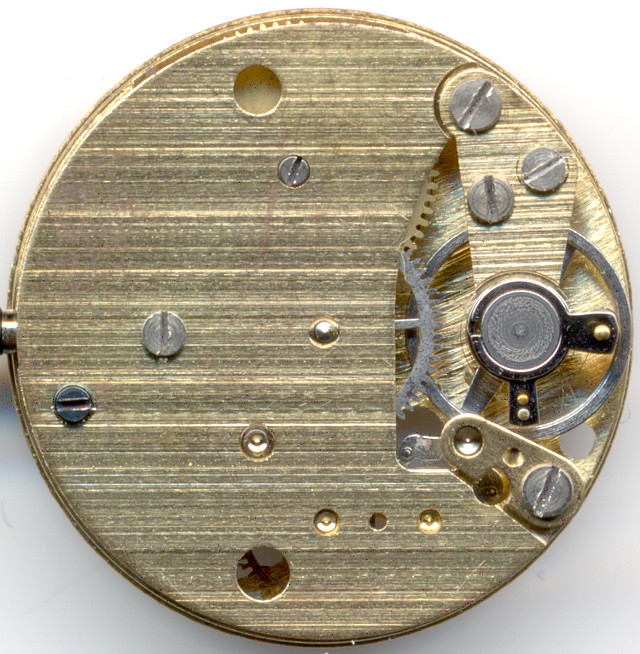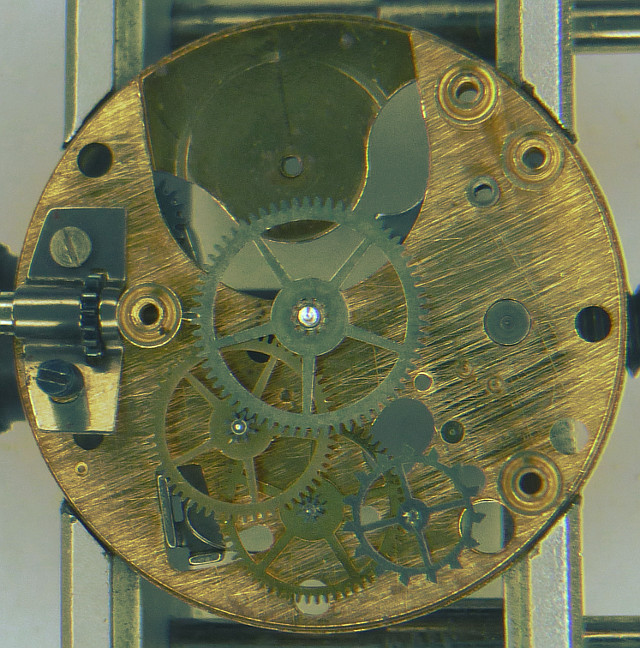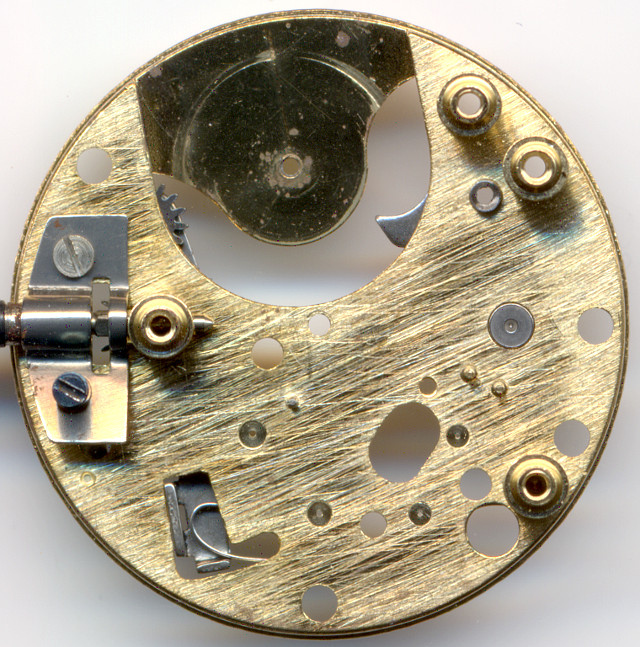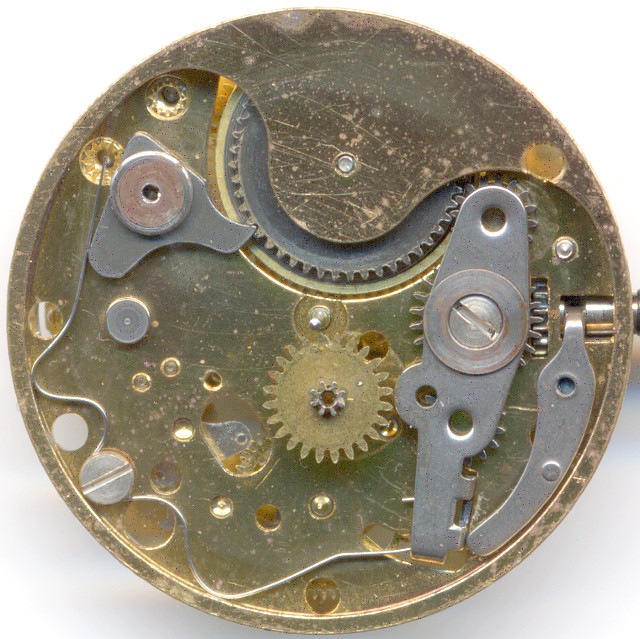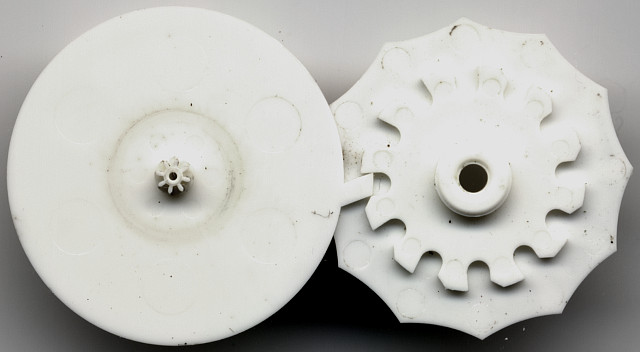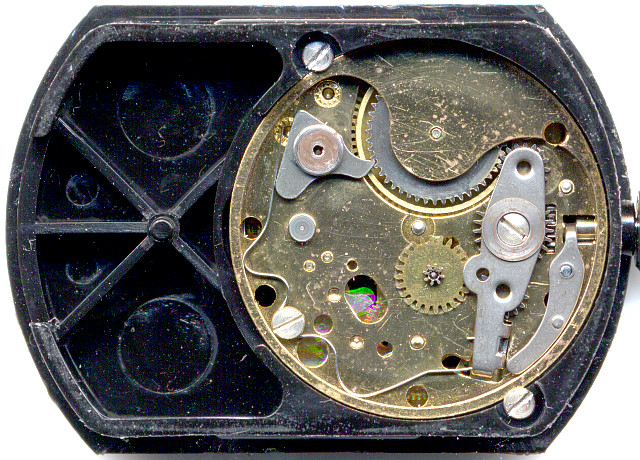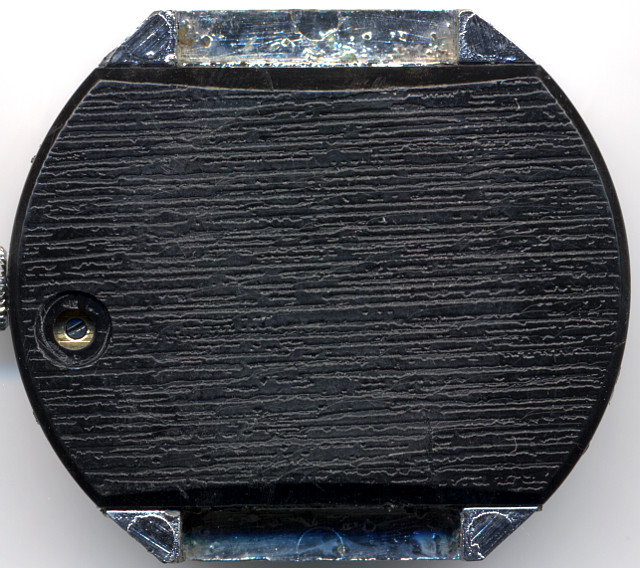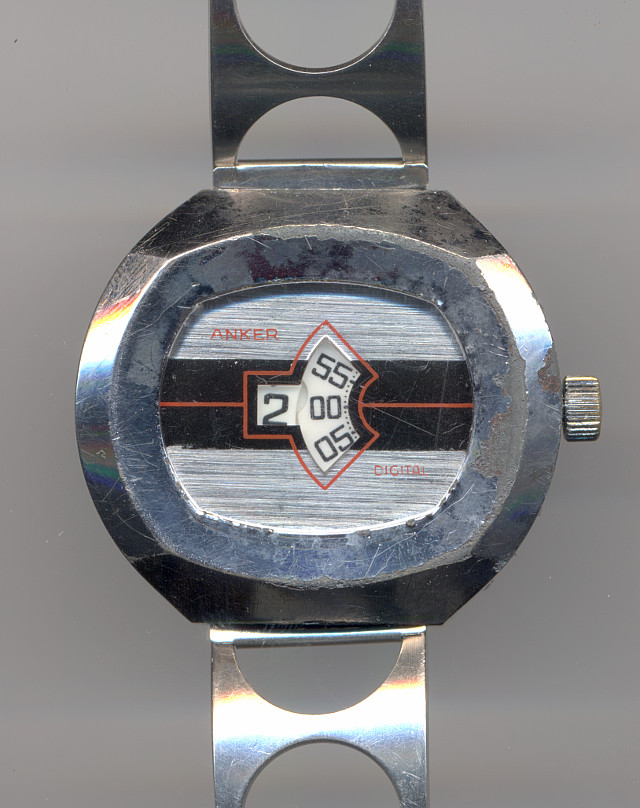Description
On top of the odd movements of the seventies, there are certainly those movement with “digital” time indication.
Even the low-end manufacturer Eppler released such a movement, based on the very popular Eppler 16, which has got a very simple but also genious digital time indication mechanism.
Video on YouTubeLike all Eppler pin lever movement, this one is a one-store pillar construction, too.
The ring balance is not shock protected, and beats with 18000 A/h. The ellipse jewel of the balance wheel is the only jewel in that movement. It drives a pin lever, which is attached to a very long axle, which makes servicing a bit complicated.
The complete gear works is housed below a single plate, only the maispring barrel can be released seperately by unscrewing its pinion.
Lever and balance are located under their own cocks, where the balance cock has got third screw, which is responsible for adjusting its height by bending it up and down. A quite odd way, but it works!
The movement is rather high, which is due to the large wheels and axles. This is pretty common on simple pin lever movements.
The click mechanism is located on the dial side.
On the dial side, you can easily see the Eppler rocking bar winding mechanism and the click, which are connected by only one large spring.
The minute pinion is missing here, since it is a part of the plastic minute indication disc. The only function of the exchanging wheel is to be driven from the crown by setting the time. It does not drive the hour time indication.
The mechanism of the digital time indication is as simple as genious, it consists of only two parts, the two indicator discs and nothing else, especially no springs.
The dent of the minute disc interferes at the full hour the gearing of the hour disc. Additionally, at the full hour, the minute disc is indented, so that the star shaped bulge of the hour disc has got enough space for changing the position. After five minutes, this mechanism ensures, that the hour disc is locked and holds the number in perfect position.
The hour disc is located at the left side of the movement container; the rightmost 2/3 are occupied by the movement.
The movement is fixed with two screws in the container. To get it out, you have to lose these two screws and remove a tiny plug at the back side of the container. After that, you can unscrew the setting lever angel, remove the winding stem and seal out the movement from the container.
In the lab
Timegrapher result
After cleaning, the amplitude of the balance wheel is excellent, and the timing rates are except on position "12 up" quite well for a pin lever movement. With more time invested on regulation, correcting the beat error and proper adjustment of the height of the balance, the timing rated could be well improved.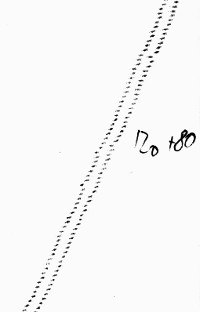
crown right (12 up)
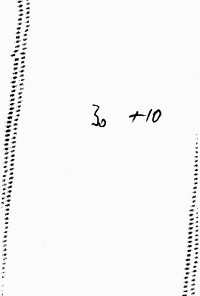
crown up (3 up)
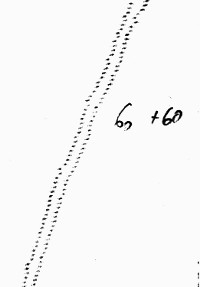
crown left (6 up)
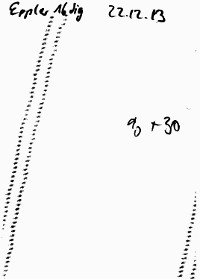
crown down (9 up)
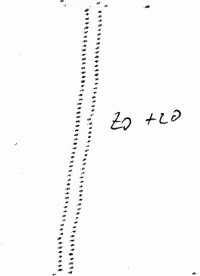
dial up
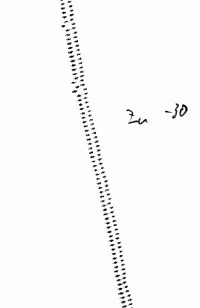
dial down
| horizontal positions | |
|---|---|
| dial up | +20 s/d |
| dial down | -30 s/d |
| vertical positions | |
| crown right (12 up) | +80 s/d |
| crown up (3 up) | +10 s/d |
| crown left (6 up) | +60 s/d |
| crown down (9 up) | +30 s/d |
Technical data
| Manufacturer: | Eppler |
| Caliber: | 16 dig |
| Caliber base: | Eppler 16 |
| Size: | 10 1/2''' |
| A/h: | 18000 |
| Number of jewels: | 1 |
| Escapement: | Pin lever |
| Balance types: |
Nickel anular balance |
| Shock protection(s): |
none |
| Balance bearing / direction hairspring: | Clockwise |
| Moveable stud: | yes |
| Adjust mechanism: | Hairspring key |
| Construction: |
|
| Construction type: | pillar construction |
| Winding mechanism: | rocking bar winding system |
| Setting lever spring: | 4 hole(s) |
| References: |
Flume: (K3 67) |
| Inventory number: | 20131103 |
